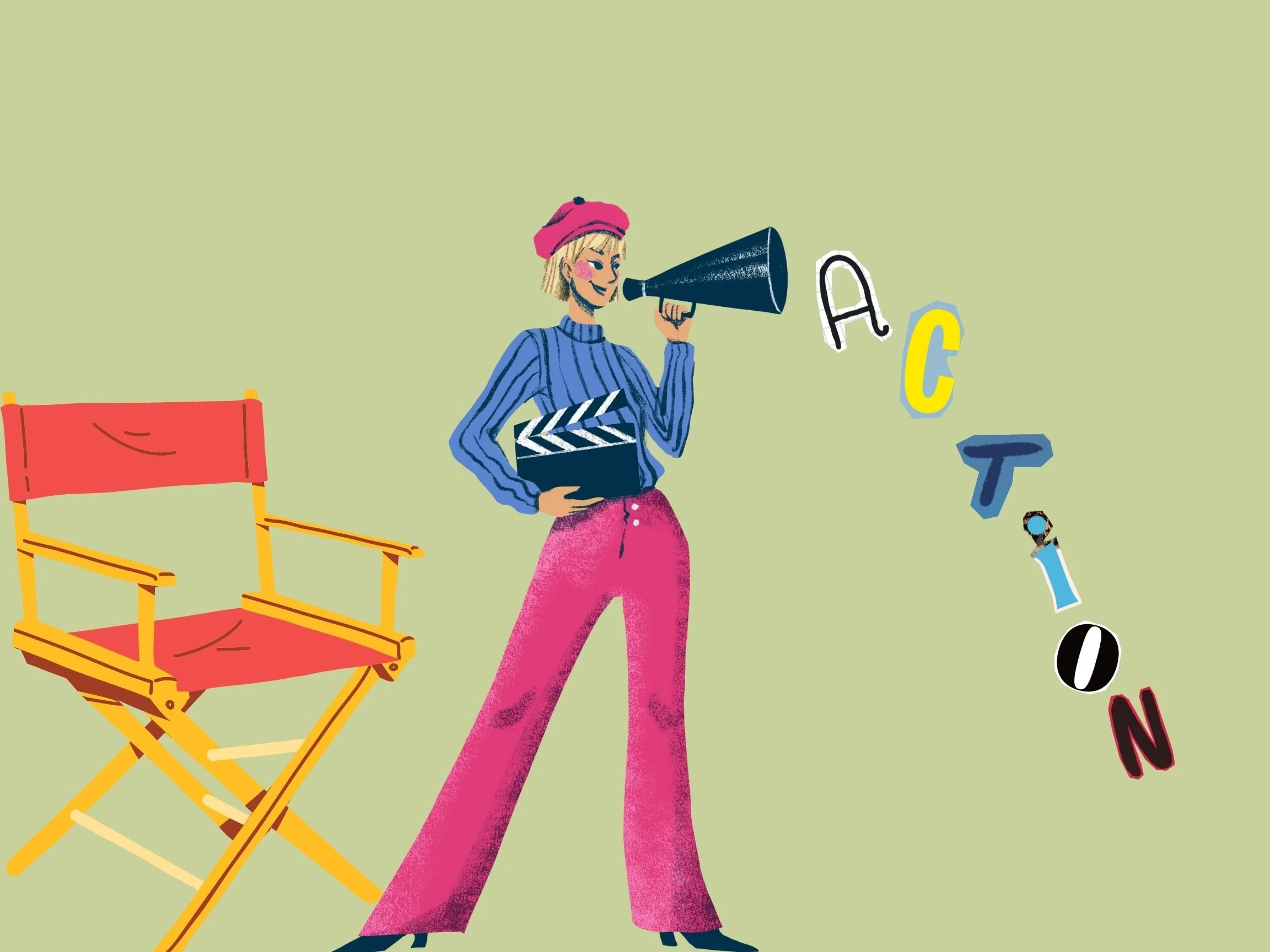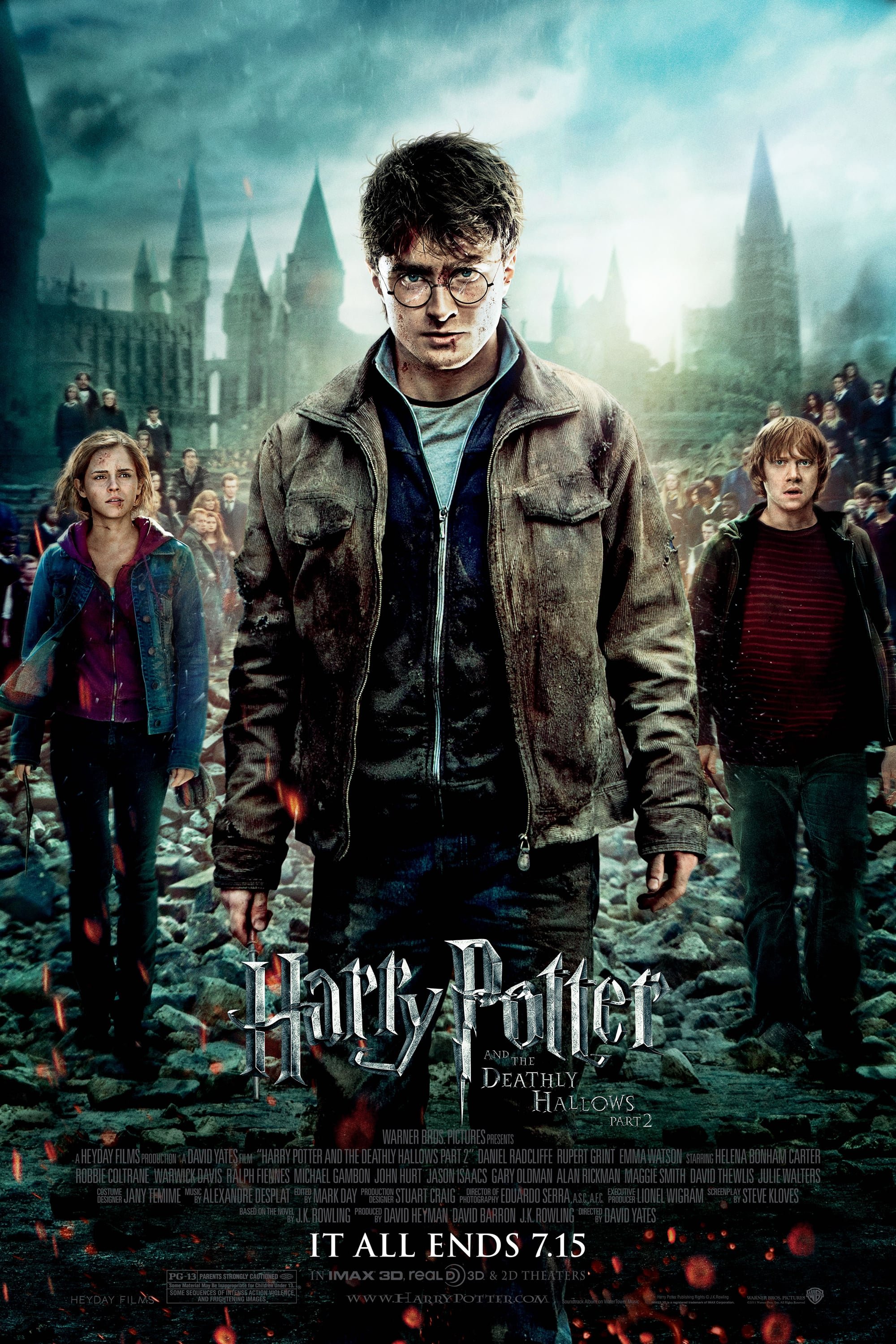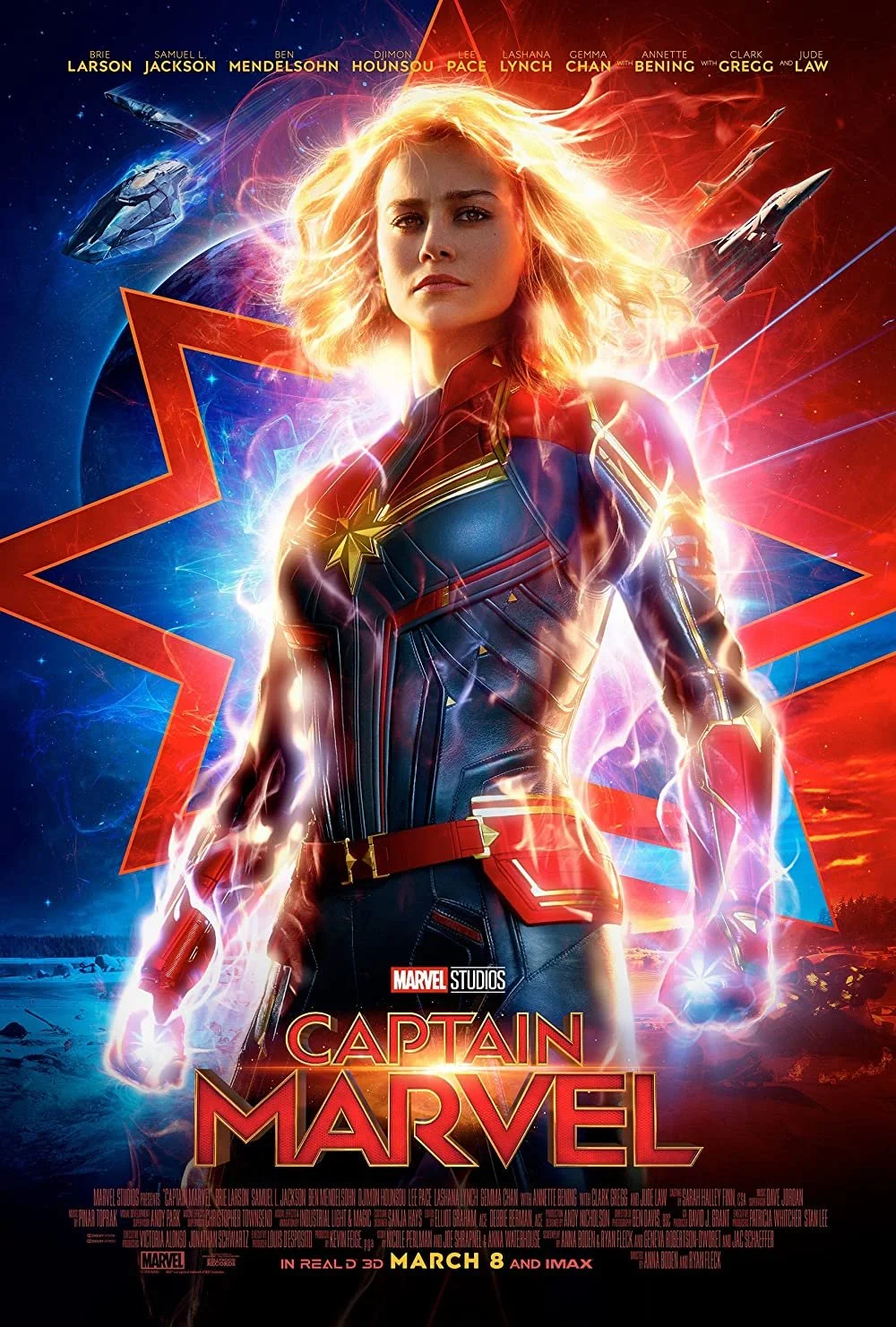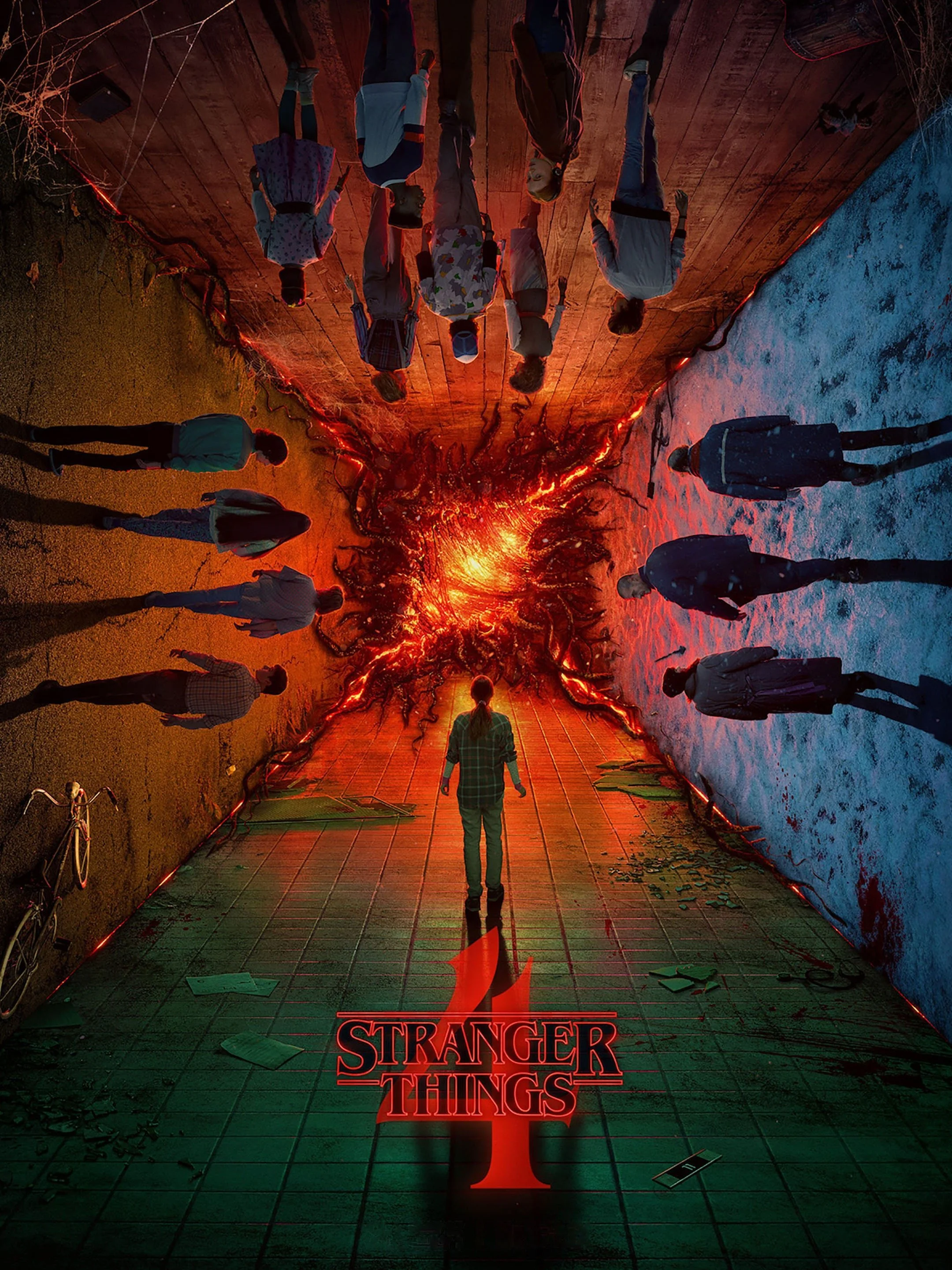Cinematography
Cinematography
“The art of making motion pictures”
Cinematography is how the movie has purposeful elements that build to a better film

Srilakshmi Koya | digital design
Film 101
-
Cinematographers have to manage how the light coming through the lens actually looks. Not just the physical appeal, but also keeping consistency. So it doesn’t differ too much from one scene to the next. Lighting plays a key role when making a film, because it kind of brings in all the elements together to make the overall product look more cohesive.
Lighting mainly revolves around practice and experience. It’ll take time to familiarize yourself with how different lights affect different subjects, but it’ll make the end product hold more unity.
-
Exposure is simply how much light is making its way through the lens. Letting in less light gives a darker exposure, while the more light through the lens gives a lighter exposure meaning more light can be seen in the film. Exposure can mirror the tone and mood of a film
Now in terms of physically controlling exposure with a camera, a cinematographer has to play around with the shutter(controls how much time the light is reflected onto the film), aperture (size of the ‘hole’/lens), and film speed. Experimenting with these 3 features on the camera will help develop the aura of your film.
-
In simple terms, this is mainly about the POV of the camera and the different angles you can get from a scene. This part gives the most freedom because it also overlaps with simply directing a film. Framing can help highlight specific subjects and focus on key aspects that might develop the story better. As for movement in film, it can draw on different emotions from an audience.
This plays a big part to the outcome of the film in the aspect of playing with how the scenes are shot.
Srilakshmi Koya | digital design
Cinematography in Our Favorite Films
LIGHTING
VS
LIGHTING
Throughout the whole scene, the light is consistently shown behind the characters. This is foreshadowing what could come next in the film, because it could be the choice between life and death. Lighting plays a key role in this scene because even when the characters move the light basically moves around them.
Whenever Captain Marvel is featured in any of the Marvel movies, they always encircle her with the same consistent lighting. They do this to build on her characters power as well as creating unity by keeping the same concept whenever her character is featured.
EXPOSURE
VS
EXPOSURE
Horror movies are usually always dark and gloomy. Part of that gives credit to the exposure. In this specific scene, the tone is conveyed because there is a low exposure so not a lot of light is hitting the lens, only enough to pin point what is going on. So it creates a dark suspenseful tone.
This specific scene contrasts from most of the show because it’s the one time where there is a high exposure. Since there it is so much brighter compared to the rest of the show, it creates a cheery enthusiastic tone, which in this show develops the characters background more
FRAMING + MOVEMENT
VS
FRAMING + MOVEMENT
In this scene, they go back and forth between singing and just the reactions of the crowd around them. Towards the end they also zoom into the main character to create emotions in the people in the actual scene and the audience.
In this scene, they shift between the characters talking and fighting. They capture the different angles to build more action and drama. Having the camera skip back and forth between the different people yelling develops more depth by focusing on characters to overall develop the story.
Wikepedia | On My Block, film poster
IMDb | Harry Potter and the Deathly Hallows, film poster
IMDb | Captain Marvel, film poster
IMDb | It, film poster
Rotten Tomatoes | Stranger Things, film poster
Wikepedia | 10 Things I Hate About You, film poster
Film Scholarships/Contests
-
All American High School Film Festival
Each year they have stream the top films from students in the heart of New York City where multiple professionals in the industry can also view your work. They also have multiple mini submissions throughout the year with prizes.
Anyone from 9th-12th grade is eligible to submit.
-
World of 8 Billion Contest
A yearly contest held to advocate for global issues and social standards through a short film. Anyone in 9th-12th grade is eligible to submit.
-
Through Her Lens: Tribeca Film Contest
A yearly program for aspiring women in the media industry. You can find mentors and a chance to showcase your work!
Web Page Design by SRILAKSHMI KOYA
These are the very brief basics of elements on cinematography. Try experimenting with different styles and maybe even submit to one of the scholarships above!









